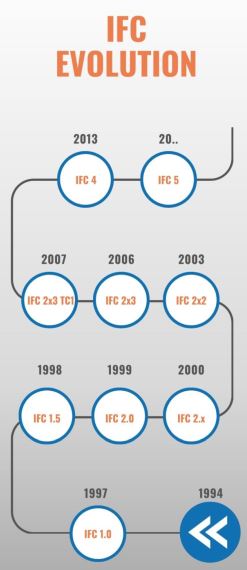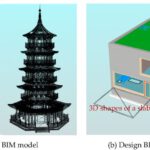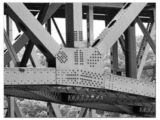
A Brief History Of IFC Format
16 January 2021A Brief History Of IFC Format
IFC or Industry Foundation Classes is a global standard for describing, sharing and exchanging information on building and facility management.
To encourage interoperability between BIM applications from several companies it was created the IFC format, specified and developed by buildingSMART.
The IFC format is a repository of data for open building semantic information object, including geometry, properties and relationships to facilitate :
- the interdisciplinary coordination during the construction of the information models, including design disciplines as architecture, structural or services, as well as during the construction phase;
- the data sharing and exchange between IFC applications;
- the transference and reuse of data for analysis and other further tasks.
The IFC initiative began in 1994 when Autodesk started to develop a set of C ++ classes that could support the development of integrated applications. Twelve other American companies have joined the initiative, initially defined as the Alliance for Interoperability.
In 1997, the name was changed to International Alliance for Interoperability due to the integration of more international companies. This new alliance was reconstituted as a non-profit organization with the goal of developing the IFC as a neutral product for the architectural, engineering and construction industry.
The designation of this initiative was again changed to buildingSMART in 2005.
In 1997 it was launched the first version of the IFC format. Over the years, the IFC format has been improved and new versions have been released.
The improvements are based not only on the optimization of the various features previously supported by the format, but also in increasing the variety of information supported.
As an example, just after the IFC 2×2 version it was possible to transfer structural designs, once BIM modules applications dedicated to the structure design have arisen later. However, only in the latest release, IFC 2×4, it became possible, for example, transfer via IFC modeled reinforcement on construction elements, such as walls or slabs.
The IFC schema is constantly evolving. The current version, released in 2013, is IFC 4 (the prior releases were labelled as 1.0, 1.5, 1.51 and then 2x, 2×2, 2×3).








